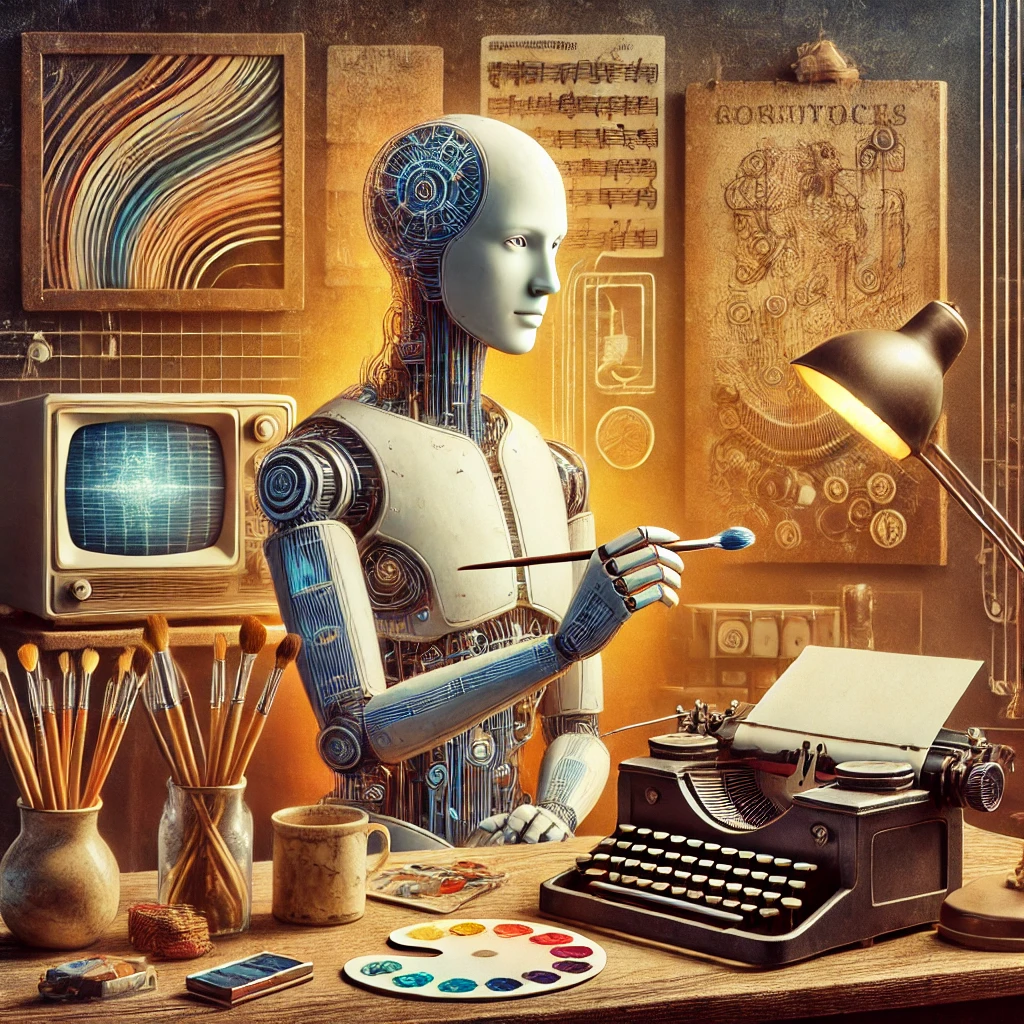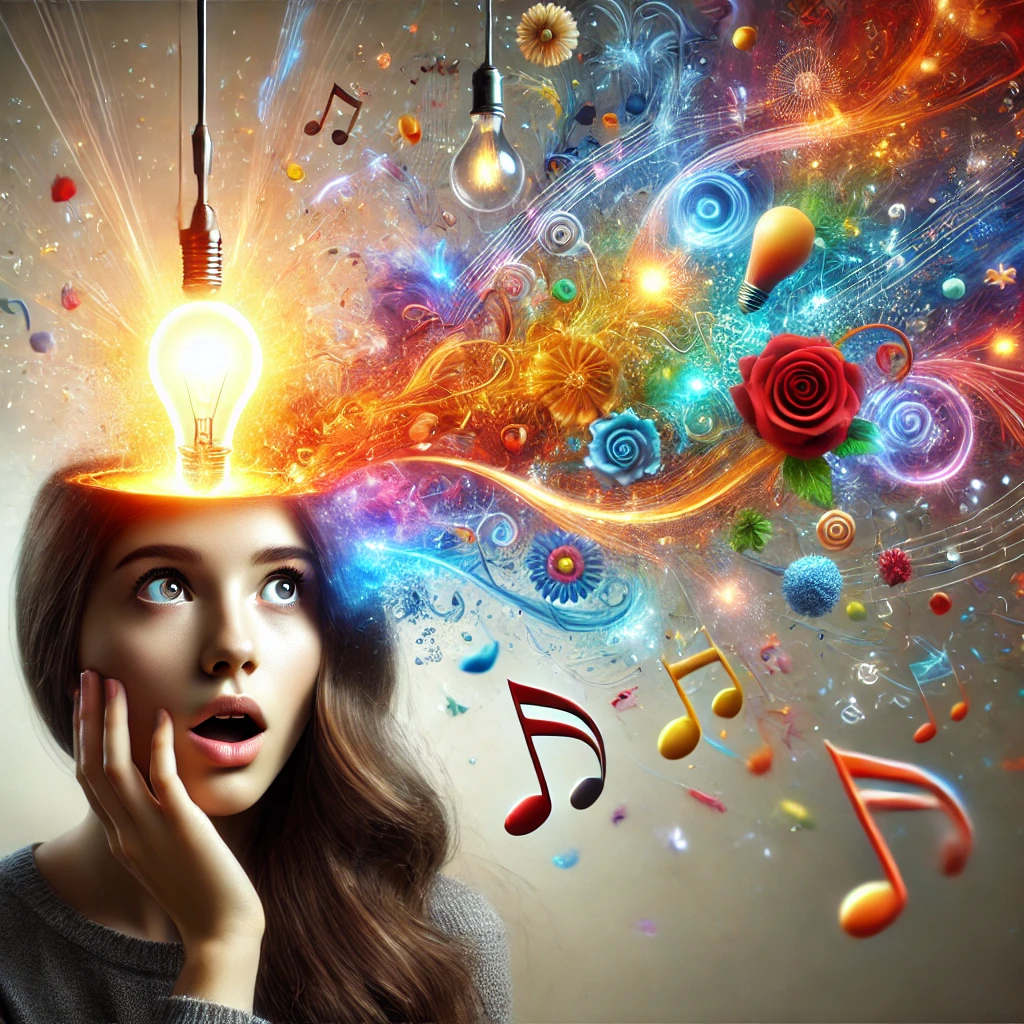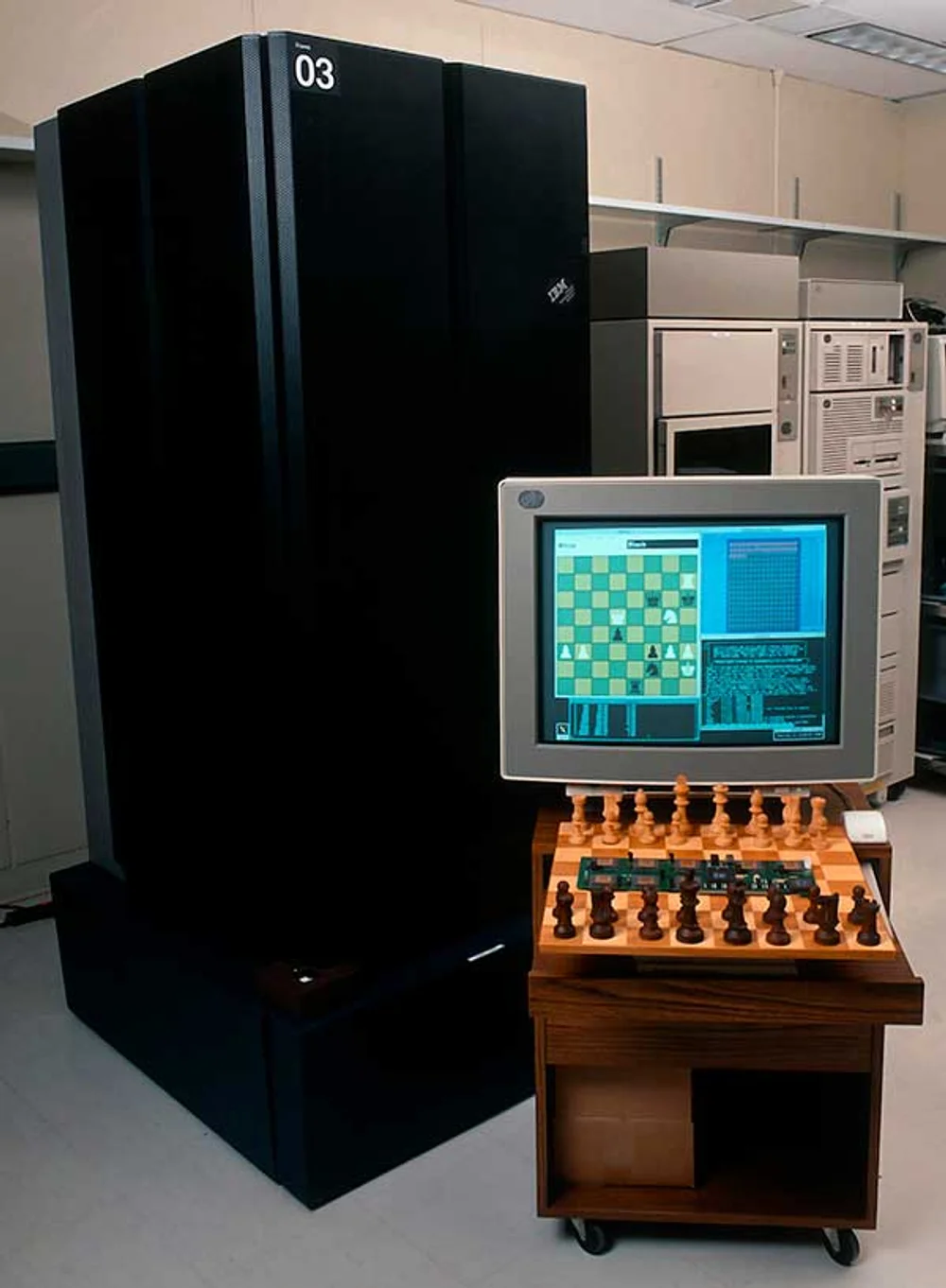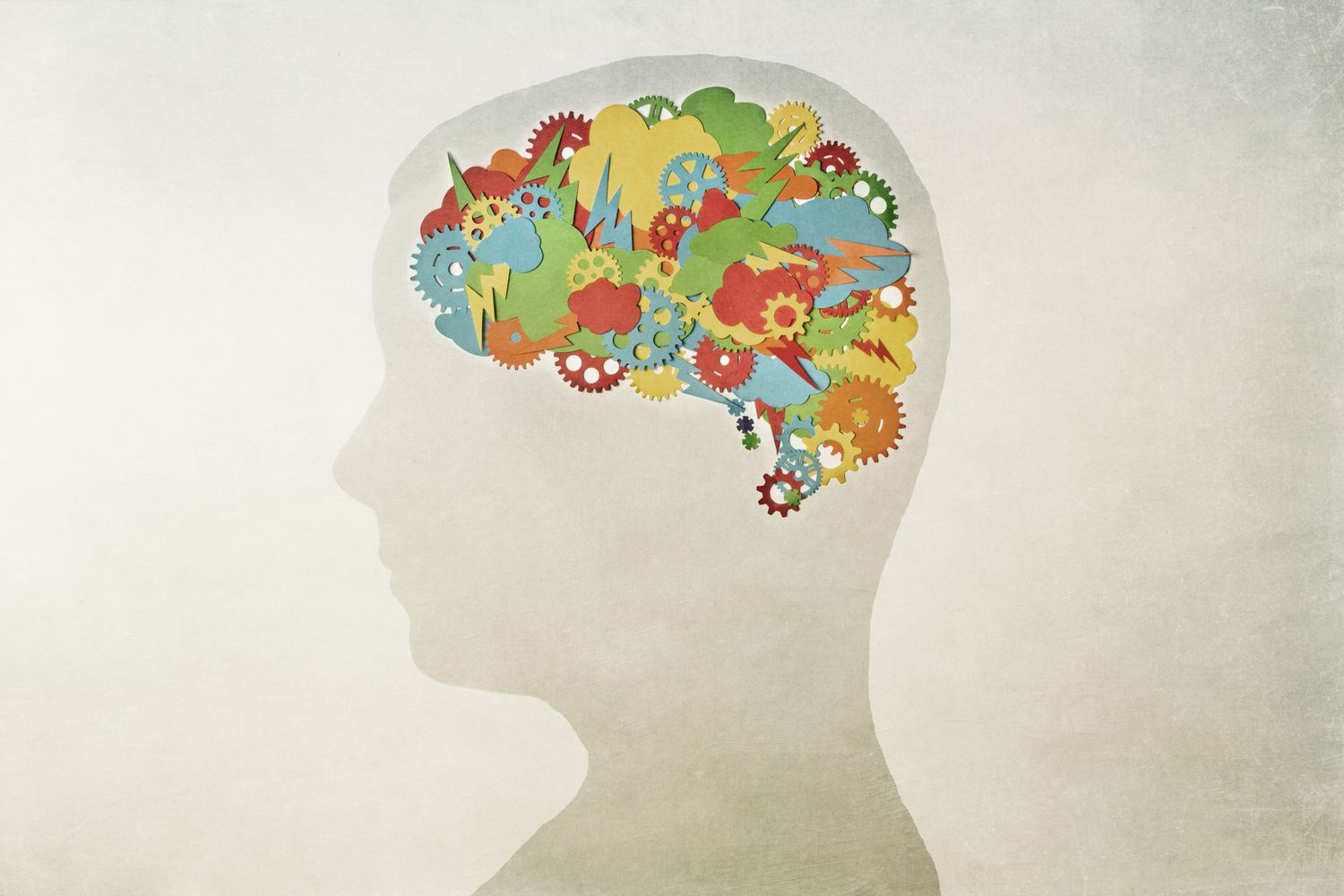
The Limits of AI Creativity: Can AI Truly Innovate or Is It Just Mimicking Human Ideas?
“Creativity is intelligence having fun.” - Albert Einstein
Innovation has long been considered a hallmark of human ingenuity. But now Artificial Intelligence is entering the conversation - not just as a tool to assist, but as a potential source of innovation itself. From composing music to generating stunning artwork, AI has made waves in creative industries, raising profound questions about the nature of creativity. These questions are far-reaching, touching on whether creativity can be defined, measured, or replicated by algorithms and models trained on vast human datasets.
Can machines truly create something original, or are they simply recombining the vast data they have been fed by a bunch of data scientists who had access to an endless buffet of human creativity? Is what we term as AI creativity merely a reflection of the programmer’s skill or a new frontier in how intelligence and creativity are defined?
What Defines True Creativity?
Supporters of AI argue that machines, armed with immense computing power, can produce works that rival human creativity in both novelty and complexity. On the other hand, critics maintain that true creativity demands human emotions, personal experiences, and an intuitive spark - qualities AI cannot replicate. The gap between human intuition and machine computation highlights the challenges of defining creativity in a world where AI’s capabilities are evolving.
As AI becomes more integrated into the creative process, it’s crucial to ask: Can a machine not only create functional and aesthetically pleasing works but also capture the feelings and emotional depth that define human innovation? Moreover, does the audience perceive machine-generated art differently, knowing that no human hands or thoughts were directly involved?


Historical Context: IBM’s Deep Blue
In 1997, IBM’s Deep Blue defeated a reigning world chess champion. While it showcased AI’s ability to mimic complex human thought, critics pointed out its lack of true understanding. This moment marked the beginning of broader debates about AI’s potential. The victory also signified a shift in how humans viewed their intellectual superiority over machines.
Deep Blue’s triumph raised important questions about the implications of AI advancements. Could machines excel in creativity, or are their achievements limited to pattern recognition and algorithmic analysis? As AI continues to evolve, these questions grow increasingly relevant to both skeptics and supporters.
The Biological Basis of Emotions
Emotions are deeply tied to our creativity. Neurotransmitters like dopamine and serotonin influence our decisions and innovations. This emotional framework is absent in AI, making its creations less resonant and deeply human. Without emotions, can an AI-generated piece truly evoke the same depth of connection as human-created art?
If creativity is rooted in our emotions and unique perspectives, can a machine ever embody these qualities? The debate continues as we strive to understand the essence of creativity. In this context, the line between machine efficiency and human authenticity becomes increasingly blurred.

Conclusion
The question of whether AI can truly innovate remains unanswered. For now, AI serves as a tool, not a creator. Its outputs are impressive but lack the emotional depth that defines human art. The future will reveal whether AI can transcend its current limitations and become a true innovator. In this evolving landscape, the role of human creativity remains irreplaceable.
To understand AI’s potential, we must first understand the complexities of human creativity. Only then can we explore the mysteries of innovation in both humans and machines. As we look ahead, the synergy between AI and human creativity could open new pathways for artistic and intellectual exploration.